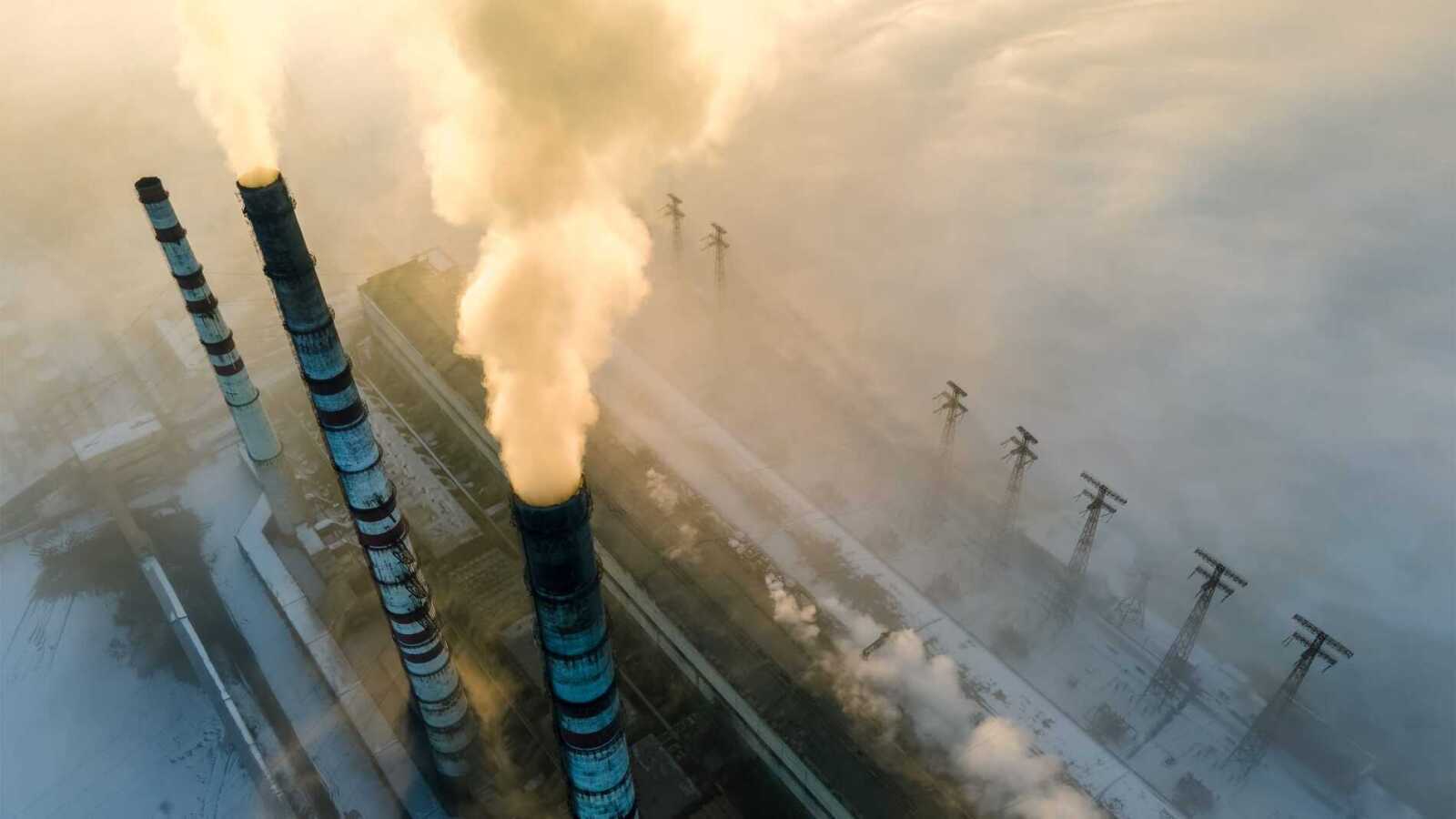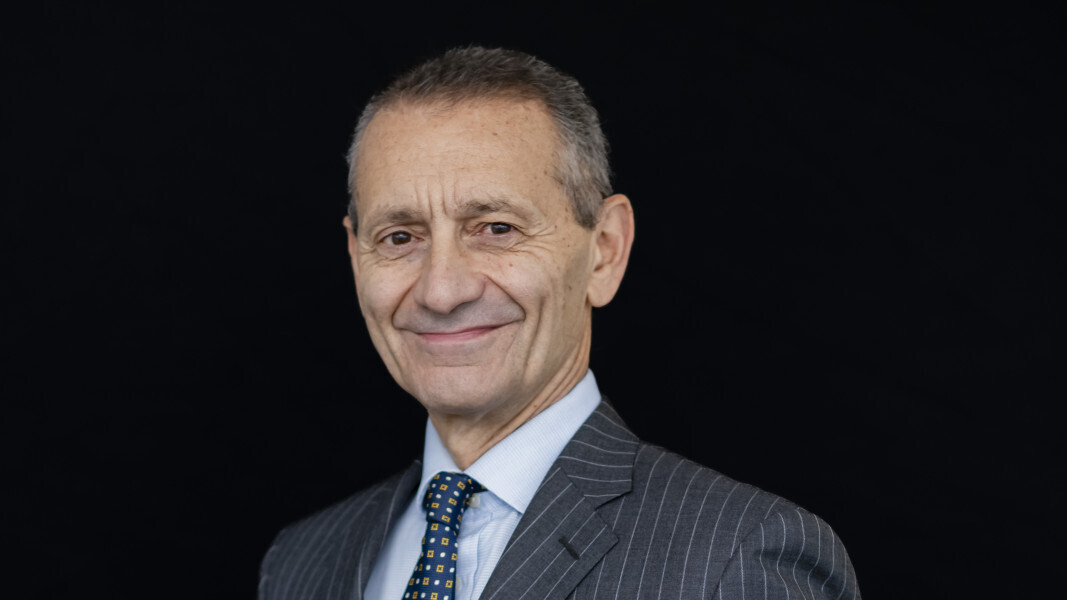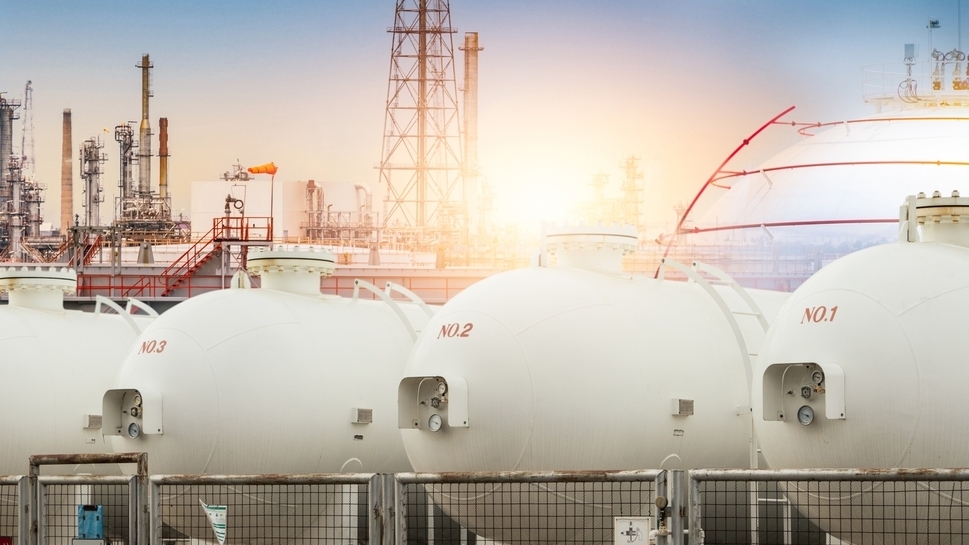
IPCC: planet at ‘crossroads’ to reach net-zero targets
Carbon emissions are slowing but more work is needed
The net-zero movement is at a “crossroads” moment according to the latest report from the Intergovernmental Panel on Climate Change (IPCC), but “immediate” action is needed to achieve this goal.
In the report, Climate Change 2022: Mitigation of climate change, the IPCC noted that between 2010 and 2019 annual global greenhouse gas emissions were at their highest level in human history.
This growth rate was slower than in the preceding decade between 2000 and 2009 though, from an annual rate of 2.1% to 1.3%.
The IPCC attributed this progress to the continued reduction in the cost of solar and wind energy, and batteries. Costs in these areas have decreased by up to 85% since 2010.
Based on current IPCC calculations, limiting warming to 1.5°C will require emissions to peak before 2025 at the earliest with a reduction of 43% by 2030.
More work is required across all sectors reach net-zero targets and halve emissions by 2050, according to IPCC chair Hoesung Lee who pointed to the positives.
“We are at a crossroads – we have the tools and know-how required to limit warming,” said Lee.
“I am encouraged by climate action being taken in many countries. There are policies, regulations and market instruments that are proving effective. If these are scaled up and applied more widely and equitably, they can support deep emissions reductions and stimulate innovation.”
Specifically, the IPCC report pointed to investment gaps in technologies. Clear signalling from governments and alignment between public sector finance and policy have been identified as important to help close these gaps.
I am encouraged by climate action being taken in many countries. There are policies, regulations and market instruments that are proving effective. If these are scaled up and applied more widely and equitably, they can support deep emissions reductions.
Role of investors
“Investors have a leading role to play in this process,” said Shelagh Whitley, chief sustainability officer at the Principles for Responsible Investment, a UN-supported network of investors.
“The IPCC report notes that investors are raising awareness of climate change as a financial risk. However, climate-related financial risks, whether from physical climate impacts or from a disorderly transition to a low-carbon economy, are still greatly underestimated by parts of the industry.”
Sylvian Vanston, head of climate change investment research at analyst MSCI, echoed the sentiment, saying policymakers need to do more to encourage this.
“This includes advocating for policies that provide a clear incentive framework for net zero,” said Vanston. “This is not about more regulation but about better regulation to level the playing field. We all know we need more low-carbon energy, but we also need policymakers who heed climate science.”




